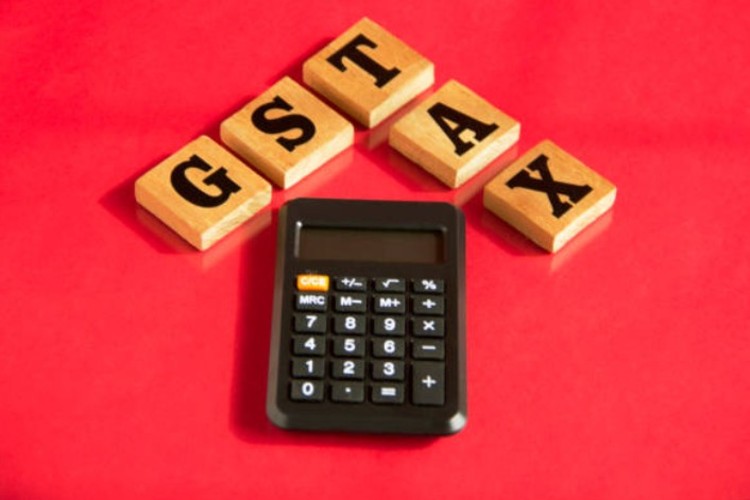
GST reforms: Eight years after the launch of the Goods and Services Tax (GST), the government has rolled out a major revamp. The new system adopts a two-slab structure of 5% and 18%, with a steep 40% rate reserved for super luxury, sin, and demerit goods. The decision was cleared after a marathon ten-hour session at the 56th GST Council meeting. All rate changes, except those on tobacco, take effect from September 22.
The GST was originally conceived as a “good and simple tax,” but critics argued it became a complex maze of rates and compliance. The new rationalisation—fewer slabs and lower rates on essentials—promises relief for households and a chance to revive demand. The timing is significant: global growth is under pressure from Trump’s tariff walls, and boosting domestic consumption has become the most reliable lever.
READ | Uttar Pradesh bets on exports-led growth to realise $1 tn dream
Relief for households
For ordinary consumers, the most visible change is the move to two tiers. Essential and common-use items such as fruit juices, butter, cheese, condensed milk, pasta, coconut water, soya milk, nuts, dates, sausages, and medical supplies like oxygen, gauze, bandages, and diagnostic kits now fall into the 5% bracket, down from 12%.
A set of staples—including milk, paneer, pizza bread, chapati, and educational material—have been moved to the exempt category. Life and health insurance premiums have also been freed from GST. Everyday items like soap, shampoo, toothpaste, hair oil, bicycles, and household articles now attract lower taxes.
At the other end, consumer durables such as air conditioners, televisions, and dishwashers have shifted to the 18% slab, down from 28%. Small cars (petrol engines under 1200 cc, diesel under 1500 cc, and length under 4 metres), motorcycles under 350 cc, and all auto parts now face 18% tax. Larger cars, however, remain in the demerit bracket at 40%. Electric vehicles retain their concessional 5% rate.
Industry response and fiscal costs
Industry has welcomed the rationalisation and promised to pass benefits to consumers. But the revenue impact is not trivial. Revenue Secretary Arvind Shrivastava estimates a shortfall of ₹48,000 crore. Finance Minister Nirmala Sitharaman confirmed that the compensation cess—limited to tobacco and allied products—will continue until loans taken to compensate states are repaid.
The big question is whether lower GST rates alone can revive consumption in an economy battling weak demand and external shocks. The cuts are significant: household budgets will see immediate relief, potentially boosting demand for both essentials and discretionary goods.
But history counsels caution. Consumption in India is driven less by tax rates than by income growth, job security, and consumer confidence. Past GST reductions delivered only temporary gains before being eroded by inflation and stagnant wages. Unless incomes rise and employment expands, GST 2.0 will not by itself ignite a consumption boom.
Political timing, economic limits
The government insists the reform was not prompted by Trump’s tariff salvos, noting that work had been underway for 18 months. Still, the political economy is clear. At a time when exports face headwinds, redirecting purchasing power to the domestic market is a logical step. If rate cuts translate into higher consumption and tax buoyancy, the gamble could work. If demand falters, the exchequer risks deeper deficits and pressure to either borrow more or cut spending.
The gains from GST reform are concentrated in urban middle-class consumption categories such as ACs, motorcycles, and household goods. Rural demand, however, has been weak for several quarters and is more responsive to income transfers, MSP hikes, or job creation under MGNREGA than to tax changes. Without rural wage growth, the relief may bypass India’s largest consumer base.
Structural irritants remain
Beyond rates, GST continues to burden small and medium enterprises with compliance hurdles, delayed refunds, and uneven treatment of services. For service-sector firms, profitability remains under strain. Unless administrative reforms accompany rate rationalisation, GST will remain only partly fixed.
GST 2.0 is a step forward, but it cannot be the sole engine of growth. To turn tax relief into a consumption surge, complementary policies are needed: targeted rural income support, faster job creation in manufacturing, and macroeconomic stability to cushion global shocks.
The real test of GST 2.0 lies not in the elegance of its slabs but in whether it nudges Indian households to spend more in an economy still wrestling with weak demand and uncertain global winds.
